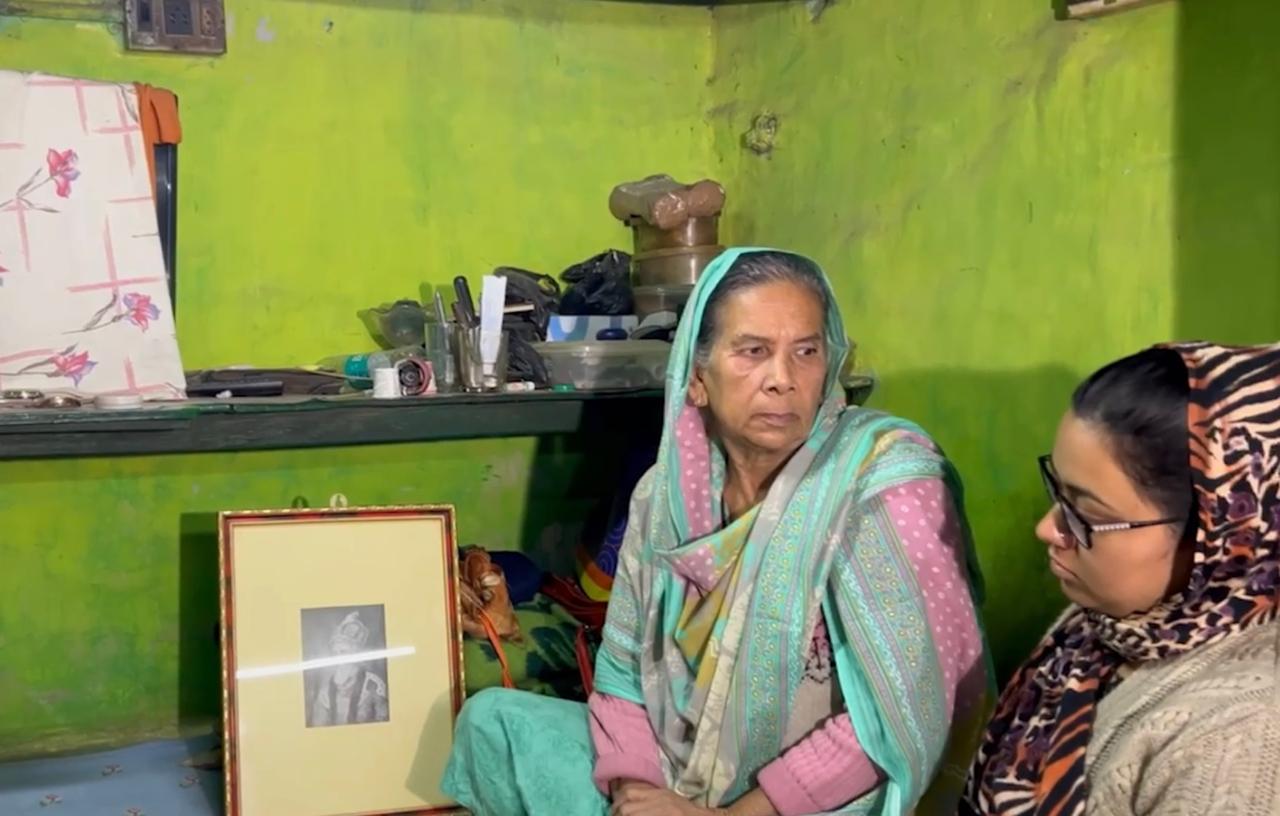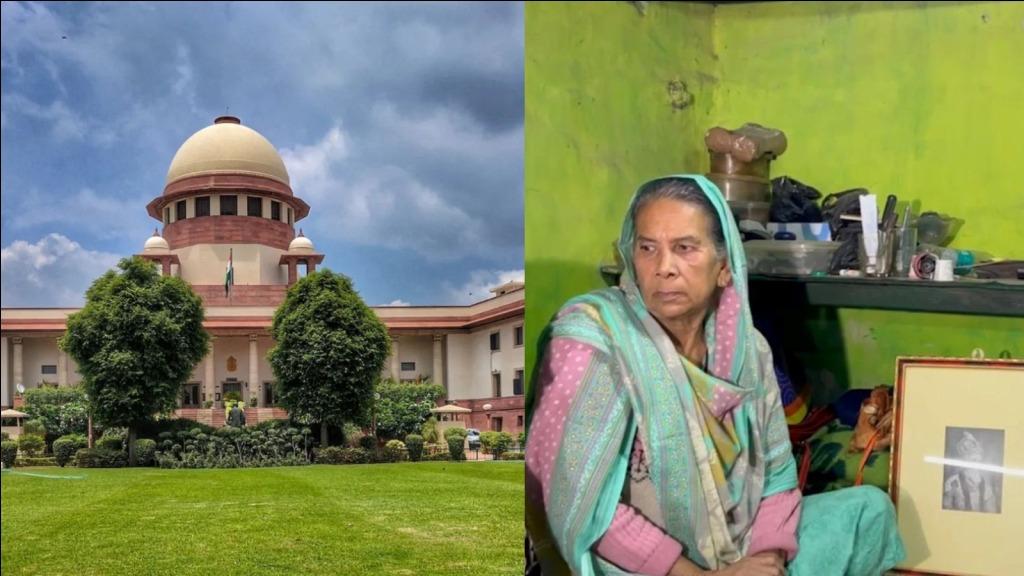The Supreme Court on Monday dismissed a petition to hand over the iconic Red Fort to Kolkata’s Sultana Begum, the 60-year-old great-granddaughter-in-law of India’s last Mughal emperor, Bahadur Shah Zafar II. Sultana Begum, who is the widow of the great-grandson of the last Mughal emperor, Bahadur Shah Zafar II, claims that the 17th century Mughal red sandstone fortress belongs to her family.
A bench of Chief Justice Sanjiv Khanna and Justice Sanjay Kumar dismissed her petition, calling it “misconceived” and “meritless”. “You want to argue this…” the Chief Justice asked the petitioner as he discarded the petition.
“Why only Red Fort? Why not Fatehpur Sikri and Taj Mahal?” CJI asks Sultana Begum
While hearing Sultana Begum’s petition over Red Fort’s ownership, Chief Justice of India (CJI) Sanjiv Khanna retorted, “Why only Red Fort? Why not Fatehpur Sikri and Taj Mahal?”
Fatehpur Sikri was founded as the capital of the Mughal Empire in 1571 by Emperor Akbar, who reigned in the late 16th century, while Taj Mahal was built by Akbar’s grandson and Mughal emperor Shah Jahan in memory of his late wife, empress consort of Mughal Empire Mumtaz Mahal who died while giving birth to a child.
Sultana Begum demanded compensation from Govt of India for Red Fort
Sultana Begum had argued that the British East India Company forcibly took possession of the iconic historical monument Red Fort in 1857. She claimed her right to ownership based on inheritance from her ancestor, Emperor Bahadur Shah Zafar II. Her petition also alleged that the Government of India has been illegally occupying the Red Fort and demanded compensation from the year 1857 to the present.
The Red Fort had been taken away from the Mughals by the British administration after the First War of Independence in 1857, after which Bahadur Shah Zafar II, who had supported the first rebellions against the colonial rule, was exiled and his properties were confiscated.
Alternatively, she demanded financial assistance from the government to give up her claim.
Sultana’s plea earlier rejected by Delhi High Court
In 2021 Sultana Begum had approached the Delhi High Court, pointing out that in 1960 the Government of India had confirmed the claim of her (now deceased) husband, Bedar Bakht as the descendant and heir of Bahadur Shah Zafar II.
The government subsequently began paying him a pension that was transferred to her in 1980, upon his death. However, Sultana argues that she can barely make ends meet with the pension amount.
She alleged the government had taken ‘illegal’ possession of the Red Fort and its unwillingness to provide adequate compensation – commensurate with its property and historical value – was a direct violation of her fundamental rights and rights under Article 300A of the Constitution, which says no person shall be deprived of their lawful property, except by the authority of law. However, this plea was junked by the Delhi High Court.
Three years later she appealed against that verdict, and it was rejected again.



